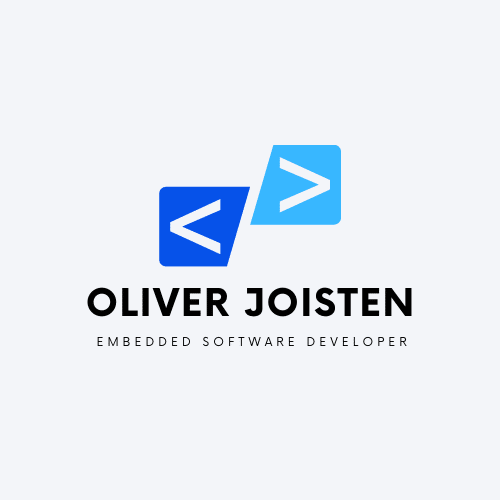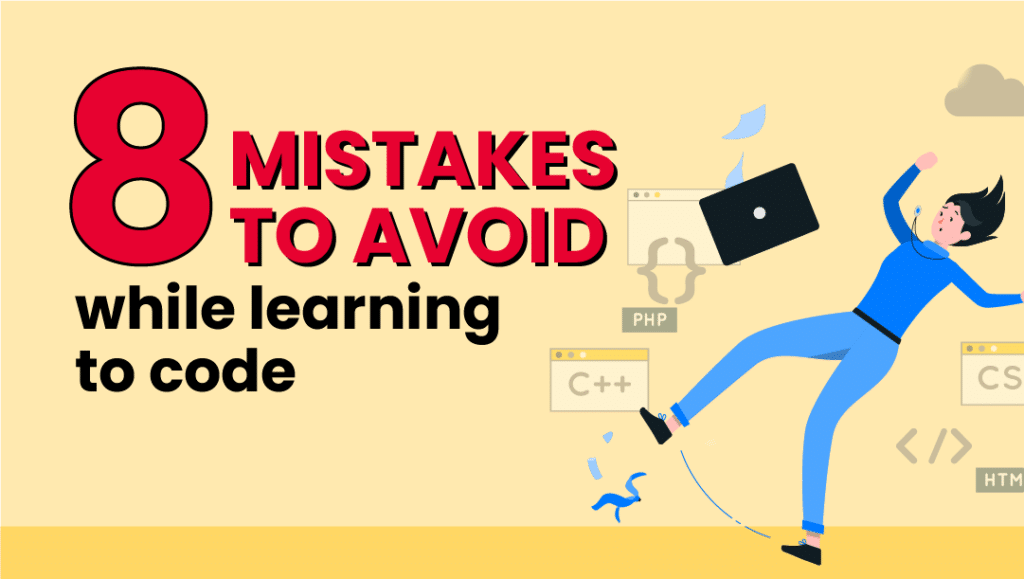Most of us have spent a considerable part of our childhood in cars, observing others drive. However, when it’s our turn to get behind the wheel, we quickly realize that watching isn’t the same as doing. This is a perfect analogy for what I call the “Tutorial Trap” in learning to code.
Understanding the Tutorial Trap
Many aspiring coders fall into the trap of endlessly watching tutorials, hoping to learn coding through observation. But just like driving, coding requires hands-on experience. This method alone often leads to failure, and I’ve identified eight key mistakes in this learning approach.
My Journey and Observations
Having tried and failed to learn coding several times myself, I’ve witnessed these pitfalls firsthand. Moreover, I’ve seen numerous people encounter these same challenges.
The Importance of Questions
Learning to drive involves asking numerous questions, and the same applies to coding. It’s essential to inquire about things you don’t understand. These questions can be directed to a teacher, mentor, online forums, or even AI tools like ChatGPT. But remember, the quality of your questions matters.
Asking the Right Questions
Contrary to the adage, there are ineffective questions. For instance, asking someone to simply fix your problem doesn’t foster learning. A constructive question should include context, what you’ve tried, and a growth-oriented ask, like seeking guidance rather than a quick fix.
Beyond Copy-Pasting Solutions
Avoid the habit of copying solutions from resources like tutorials, ChatGPT, or Stack Overflow without understanding them. Embrace the principle of learning to fish, rather than just being given a fish.
The Fundamentals Matter
Jumping into trendy technologies without a grasp of the basics is akin to building a house without a foundation. Start with core concepts before advancing to frameworks and libraries.
The Role of Practice and Patience
Learning to code is a gradual process. Just as you wouldn’t start driving on the highway immediately, coding requires step-by-step progression and plenty of practice.
The Gap Left by Tutorials
Tutorials often skip the crucial debugging process, a skill every coder needs to develop independently. Deliberate practice in debugging is essential.
The Value of Real Projects
Engaging in real, non-tutorial projects is vital. These projects force you to confront and resolve unique challenges, much like swimming in water compared to practicing on land.
Avoiding Burnout
Lastly, beware of burnout. Learning to code is a marathon, not a sprint. It requires time, often months or years, and cramming can lead to exhaustion and loss of interest.
Conclusion
Learning to code is indeed challenging, but with the right approach and mindset, it can be an incredibly rewarding journey. Remember to avoid these common traps, practice patiently, and enjoy the process of becoming a proficient coder.
If you found this post useful, don’t forget to check back regularly for more insights and tips on coding. Happy coding, and see you in the next post!

